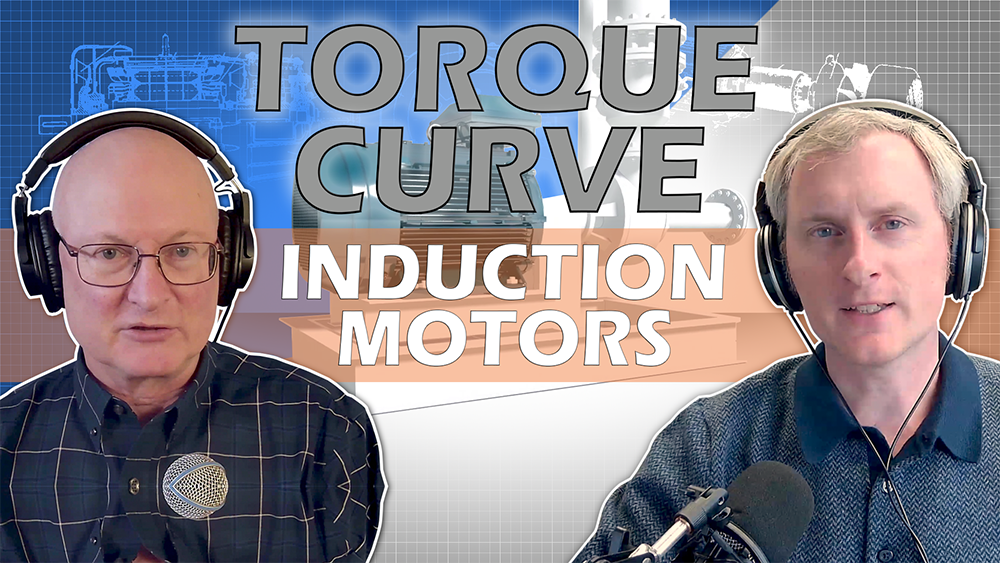For this latest Electrical Building Design Show episode, David Robison and co-host Mark Robison, P.E. continue the popular topic of induction motors. Today, they investigate torque curve and why induction motors stall as they approach their peak horsepower.
In the beginning, when an induction motor starts, it behaves like a shorted transformer. Initially, the torque is low, as most of the current is reactive, meaning it doesn’t contribute to useful work. However, as the motor accelerates, the current becomes more real, leading to an increase in torque.
Highlights of this episode include:
- DC Motor Difference: DC motors exhibit high torque at zero speed, while induction motors are better suited for applications with varying load demands at different speeds.
- Overcoming Stall: Enhancements in materials and manufacturing processes contribute to improving motor efficiency, although, there is a higher cost.
- And more…
The Bottom Line:
The torque curve of an induction motor plays a crucial role in understanding its performance characteristics. By comprehending this curve and its implications for motor operation, engineers can design more efficient and reliable systems for diverse applications.
In the video below, David and Mark offer the details of induction motor torque curve. Keep watching for future videos with more on induction motors.
Free Webinar
May 14, 2024 • 1:00 ET / 10:00 PT
“Create Single-Line Diagrams in Revit Without Late Nights or Change Orders”

